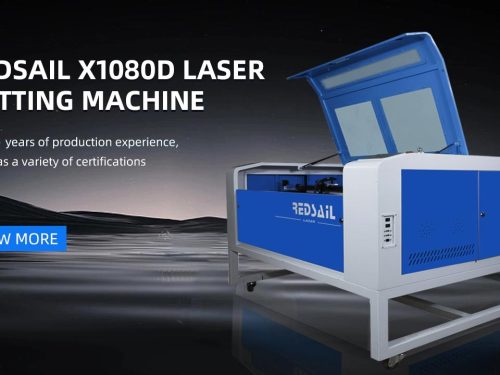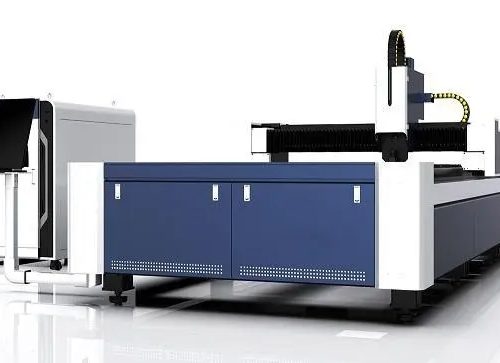
Fiber laser cutting machines, as efficient sheet metal processing tools, have been widely used in various industries. Many people, when purchasing metal laser cutting machines, do not know how to judge the processing quality of fiber laser cutting machines, and often tend to be blind and sometimes overlook important quality standards.
Usually, we judge the quality of laser cutting through the following points:
1. Roughness
Fiber laser cutting machine is a high-quality and efficient processing tool. When the laser beam acts on a metal sheet, it forms vertical patterns, and the deeper the patterns, the rougher the surface of the cross-section. When the power of the cutting machine matches the thickness of the sheet metal, the metal laser cutting machine cuts a smooth cross-section without stripes and brittle fractures. Roughness not only affects the appearance of edges, but also affects friction characteristics. In most cases, the lower the roughness, the higher the cutting quality.
2. Verticality
For high-power metal laser cutting, when the thickness of the processed material exceeds 10mm, the perpendicularity of the cutting edge is very important. When away from the focal point, the laser beam becomes divergent, and the cutting widens towards the top or bottom based on the position of the focal point. The cutting edge deviates by a few millimeters from the vertical line, and the more perpendicular the edge is, the higher the cutting quality.
3. Cutting width
Generally speaking, the cutting width does not affect the cutting quality, but when a particularly precise contour is formed inside the component, the cutting width determines the minimum inner diameter of the contour. As the thickness of the sheet increases, the cutting width also increases. So to ensure equal high accuracy, regardless of the width of the incision, the workpiece in the processing area of the laser cutting machine should be constant.
4. Burr
In the process of metal laser cutting machine processing, the high energy generated by laser beam irradiation on the surface of the workpiece causes rapid vaporization and evaporation, and auxiliary gas blows off the slag on the surface of the workpiece. If auxiliary gas is not used, after the slag cools down, burrs will form and attach to the cutting surface. Because the removal of burrs requires additional work, observing the number of burrs can intuitively determine the quality of cutting.










